Summary
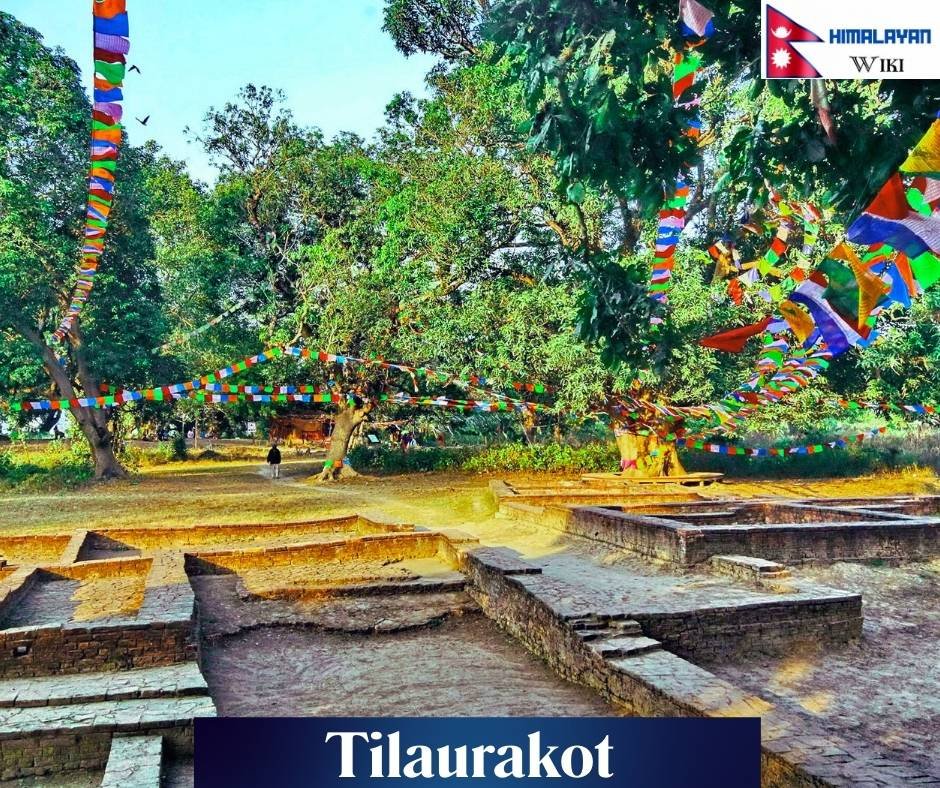
| Feature | Details |
| Location | ✔ Kapilvastu District, Lumbini Province, Nepal |
| Population (1991) | ✔ 5,684 |
| UNESCO Status | ✔ Listed as a UNESCO tentative site in 1996 |
| Historical Importance | ✔ Gautama Buddha spent 29 years after birth, Tilaurakot is a UNESCO tentative site. |
| Highlights | ✔ The site was discovered in 1899 and has been excavated to reveal palaces, temples, monuments, sculptures, ponds, and roads. |
| Notable Attractions | ✔ Central Pond, The Eastern Gate, Samai Mai Temple, The Fortification Wall, The Northern Twin Stupa, Central Structural Complex, Eastern Stupa and Monastery, The Southern Industrial Mound |
| Must-See | ✔ The site is open to the public for visits and is a must-see for anyone interested in Buddhism or history. |
Tilaurakot
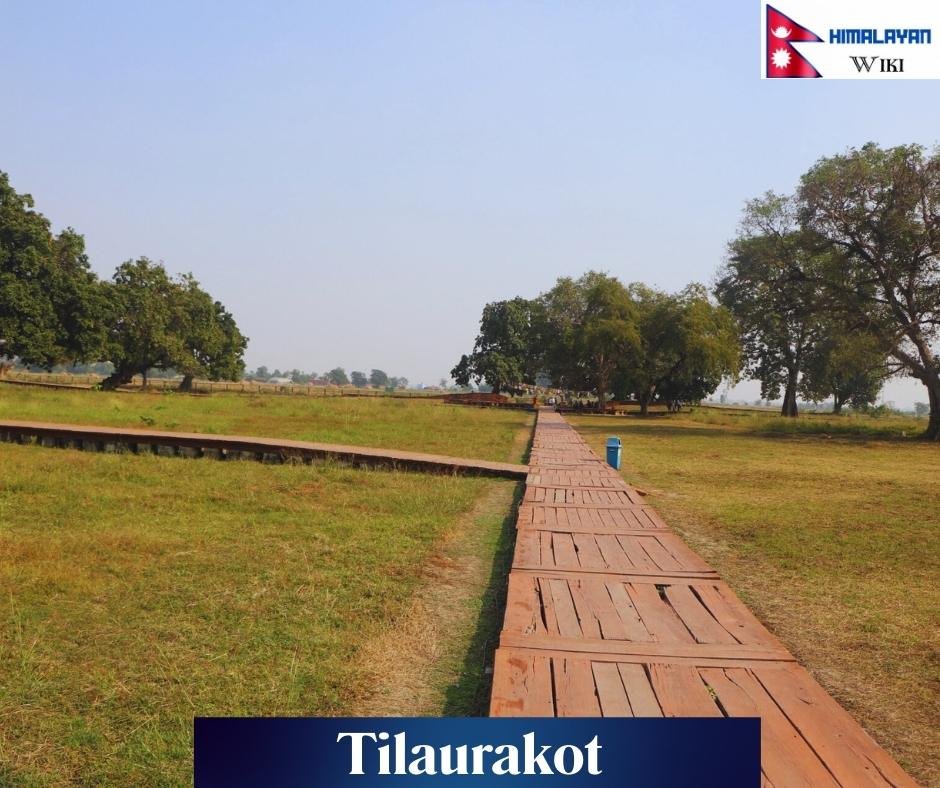
✔ Installed amidst the verdant embrace of Kapilvastu, Nepal, the captivating and glorious Tilaurakot is a monastery of peacefulness and spiritual resonance.
✔ It was earlier the pulsating heart of the ancient Shakya kingdom, but today, its weathered rocks and stones gossip gossips of a glorious past. The Nepalese government tilted the site as a UNESCO tentative site in 1996.
✔ A profound feeling of peace flows over you as you ramble or roam the sacred lands, taken by the soft breeze that reflects Gautama Buddha’s footsteps. Per step takes you to an era of enlightenment, where the Buddha’s teachings brightened the world.
✔ As you visualize the magnificence of the palace, the earlier residence of the Buddha’s father, Suddhodana, you can sense the tranquility of the monastery, where his teachings reverberated from generation to generation.
✔ The sanctity of the stupa, acknowledged to bury the Buddha’s ashes, is a testament to his boundless inheritance.
| Read More: Kudan |
✔ Tilaurakot is not just a historical site but a haven for the soul. Time stands even here, authorizing you to attach with the profound energy that interpenetrates the air. The gentle sway of the trees, the harmonious chirping of birds, and the calm murmur of the Banganga River blend into a symphony of peacefulness.
✔ A deep insight of amazement swallows you as you goggle upon the scenic panoramas from the hilltop. The vast spectrum of the surrounding sticks, soaked in the golden shades of the setting sun, smears a breathtaking masterpiece.
✔ Tilaurakot is a place that amazingly rumors secrets to those who curiously attend it closely. It is a site where the echoes of history socialize with the present, assembling a timeless tapestry of spirituality and serenity.
✔ It is a place that leaves an unforgettable mark on the soul, a site that you will treasure eternally.
History
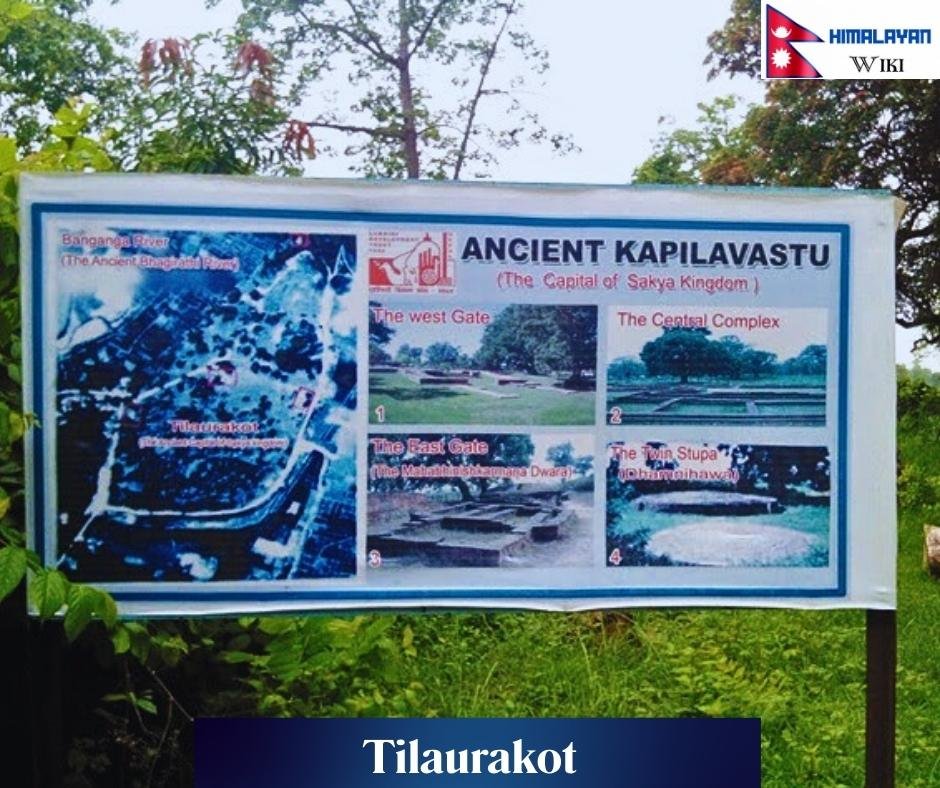
✔ The unique historical site of Kapilavastu in the 19th century was predominantly based on the accounts of Faxian and Xuanzang, Chinese Buddhist monks who assembled early pilgrimages to the place.
✔ While some archaeologists have recognized Tilaurakot as the zone for the historical site of Kapilavastu, few people claim that it was situated 16 km away at Piprahwa in the Indian state of Uttar Pradesh.
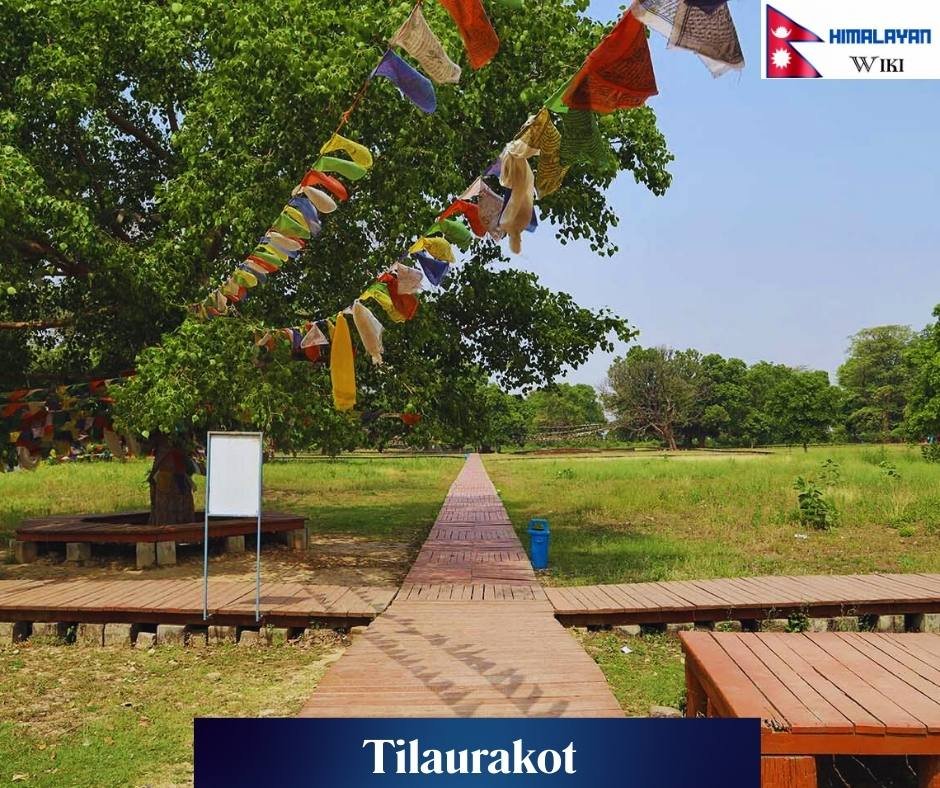
✔ Tilaurakot, uncovered by PC Mukherji in 1899, is considered the civic base from the 9th century BC to the 3rd Century AD. Archaeologists have discovered palaces, temples, monuments, sculptures, ponds, and roads, and they acknowledge that the site was the capital of Shakya Kingdom and the town of Buddha.
✔ The entities seen during the recess are kept in Kapilvastu Museum close to Tilaurakot and are indicated for visitors.
UNESCO Provisional Listed Site
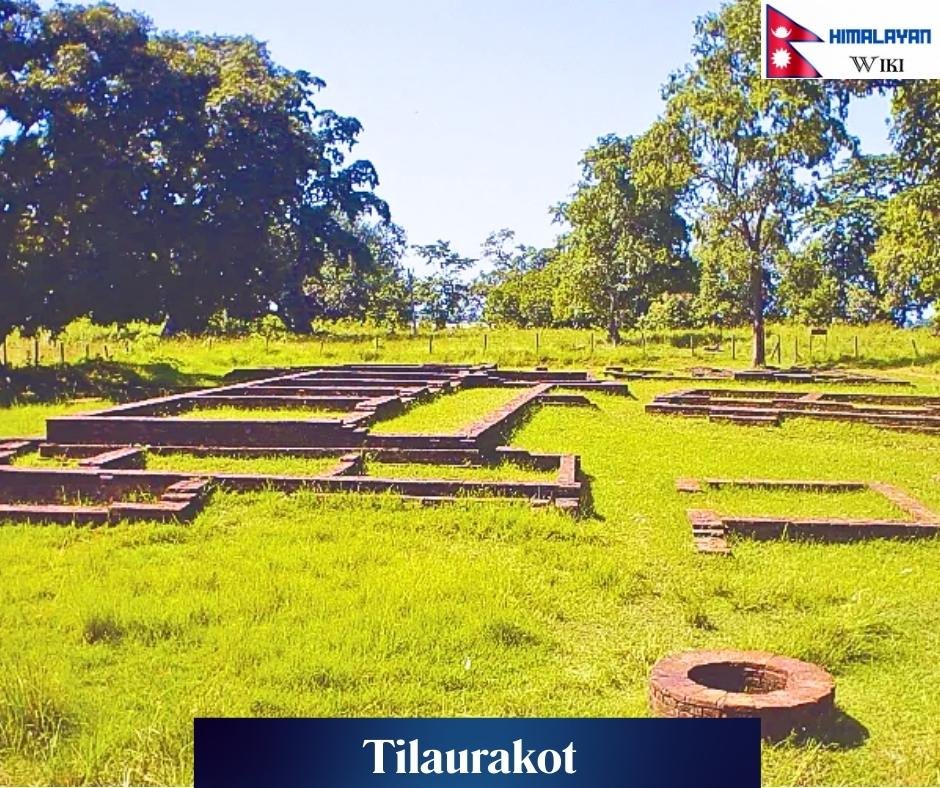
✔ Continuous archaeological craters at Tilaurakot have conveyed to light the potential that it was once the ancient palace of King Suddhodhana, the father of Buddha.
✔ The excavations have concentrated on three courts assumed to have belonged to King Suddhodama. 1996, the Nepalese government included this site in the UNESCO undetermined list.
✔ This discovery carries a powerful historical and cultural reputation and could deliver beneficial wisdom into the earlier life and duration of one of the world’s most meaningful figures.
Major Attractions
1. The Western Gate:
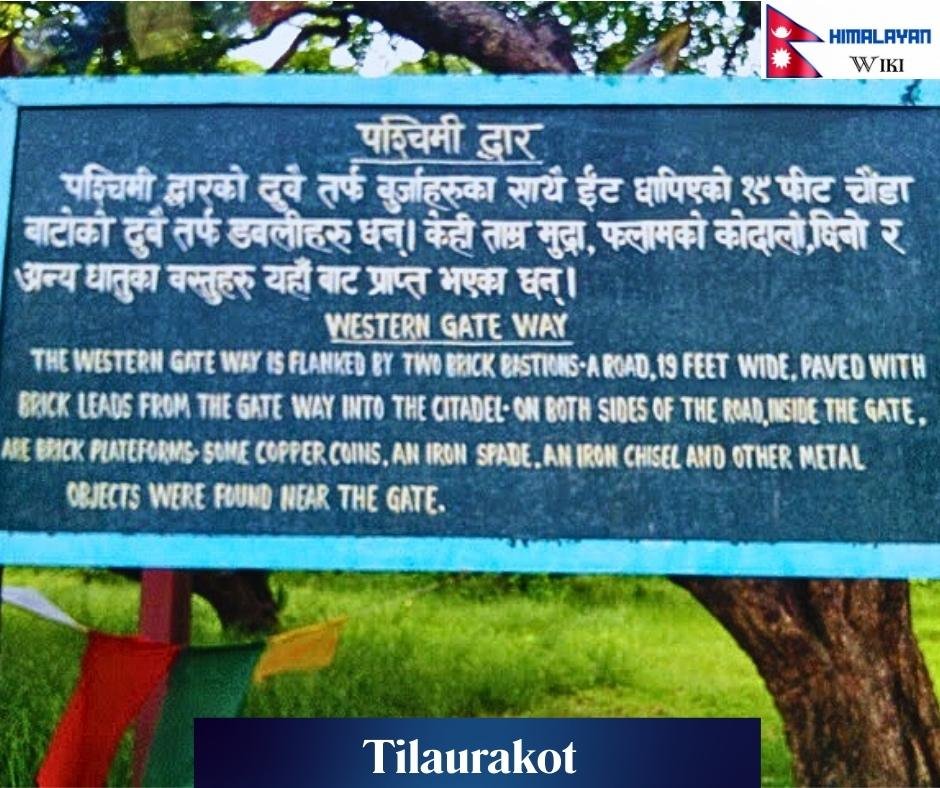
✔ Farmers, merchants, pilgrims, and inhabitants utilized the ancient city’s entrances to enter and leave. The DoA scooped the western gate and saw proof of a wooden door.
2. Central Structural Complex:
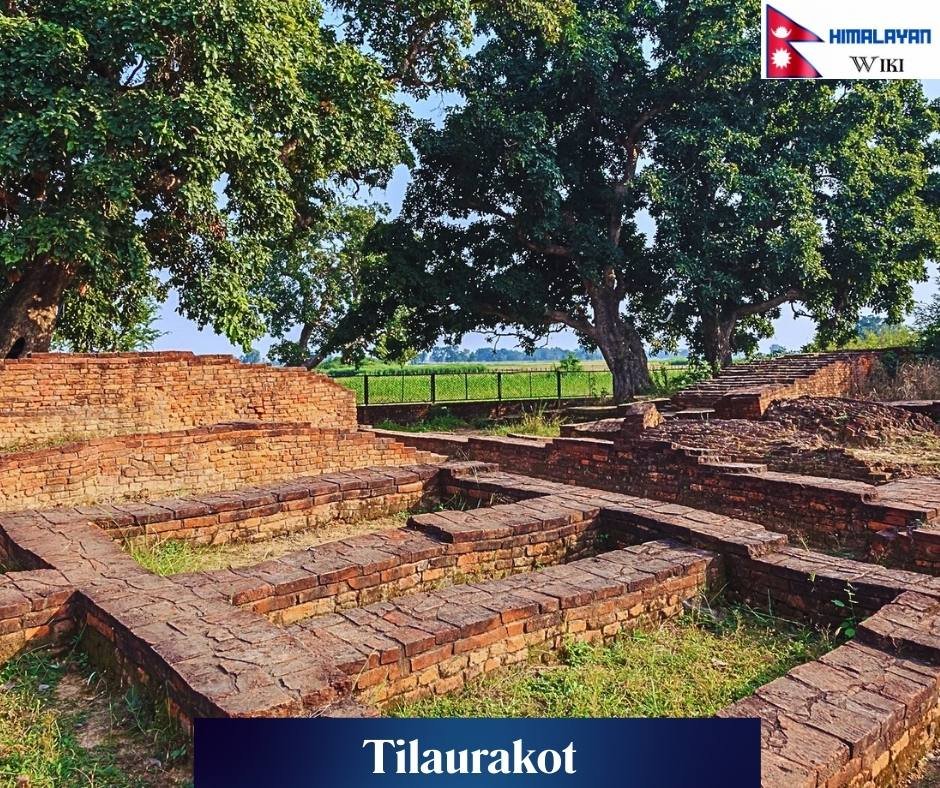
✔ A current geophysical survey has revealed conserved rectangular brick configurations initiating a gridiron city format throughout Tilaurakot. Craters show identical structures at different points within the site.
3. Central Pond:
✔ West of the Central Structural Complex is a 30×30 meter pond with 26 persisting brick paths.
It compares medieval water waterholes of Kathmandu and offers comparable architectures that existed in the Terai region before the valley.
4. Samai Mai Temple:
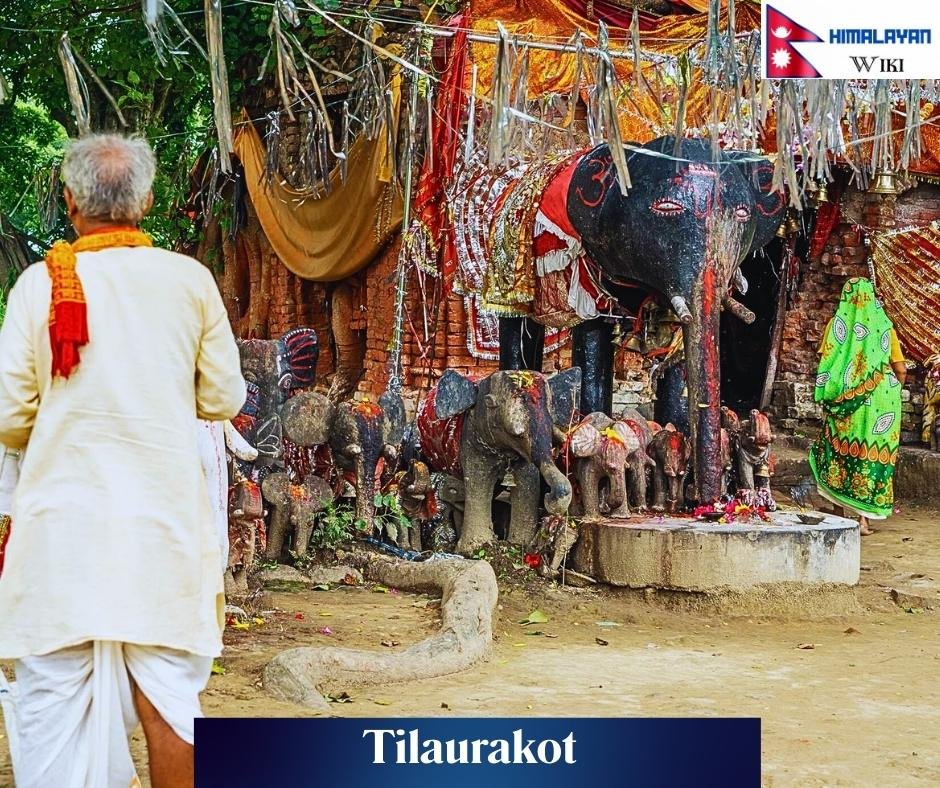
✔ A temple earmarked to Samai Mai is situated at the site’s center, atop a pile with a 4-meter specialization series of early wood architecture and engraved brick structures.
5. The Eastern Gate (Mahabhiniskramana Dwara):
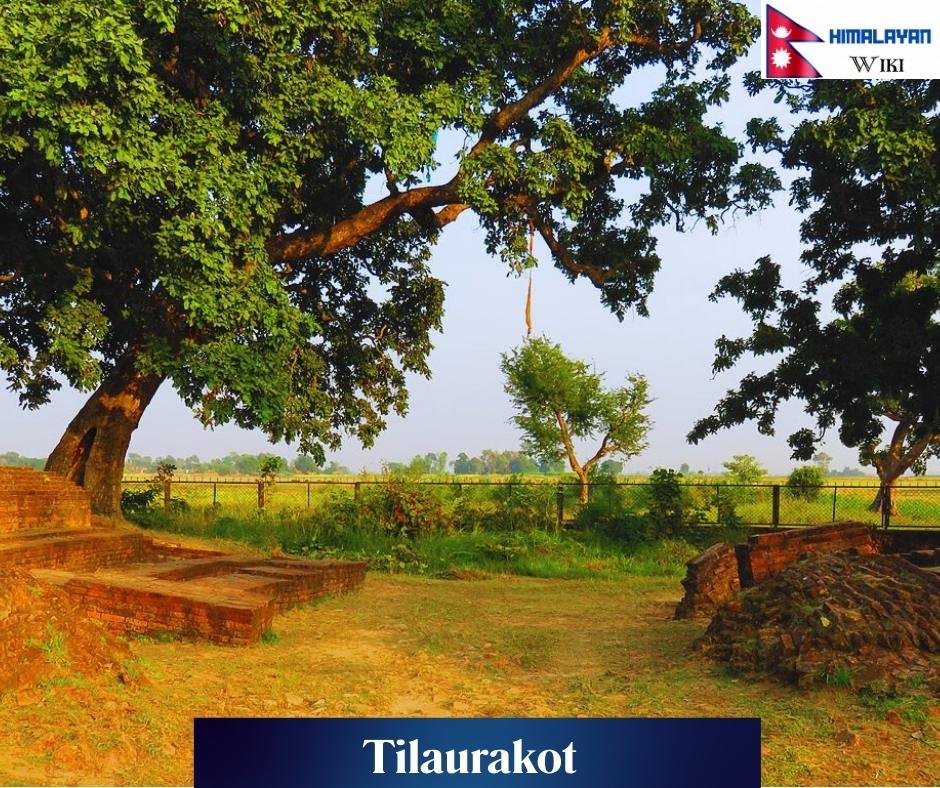
✔ The Department of Archeology (DoA) burrowed the eastern gate from where Prince Siddhartha left Kapilavastu at 29 to aim for enlightenment.
6. The Fortification Wall:
✔ Excavations in the northern margin of the city’s fortification wall have demonstrated three primary construction stages. The most premature two were wood barriers, substituted by a rubbed clay rampart.
✔ The rampart was then decorated with a brick fortification border, much of which has been preserved by the Lumbini Development Trust.
7. The Northern Twin Stupa (Dhamnihawa Stupa):
✔ The Department of Archaeology excavated the Twin Stupas in 1968-69, north of the palace.
✔ They are considered to have been constructed to memorialize the parents of Lord Sakyamuni Buddha, King Suddhodana, and Queen Mayadevi.
8. Eastern Stupa and Monastery (Hastigarta):
✔ The Eastern Stupa is an enormous devout complex stake with a sufficiently standardized pond uncovered in a crater at Gotihawa.
✔ Four hundred ninety-seven silver coins were also seen, perhaps symbolizing a foundation promise and demonstrating the site’s sanctity to ancient residents.
9. The Southern Industrial Mound (Lohasaudiya):
✔ A garbage pile from ironworking is south of the city, characterizing a prominent industrial zone.
✔ Excavations uncovered 8 tons of iron slag in a 4x3m channel, proof of large-scale smelting at Tilaurakot.


